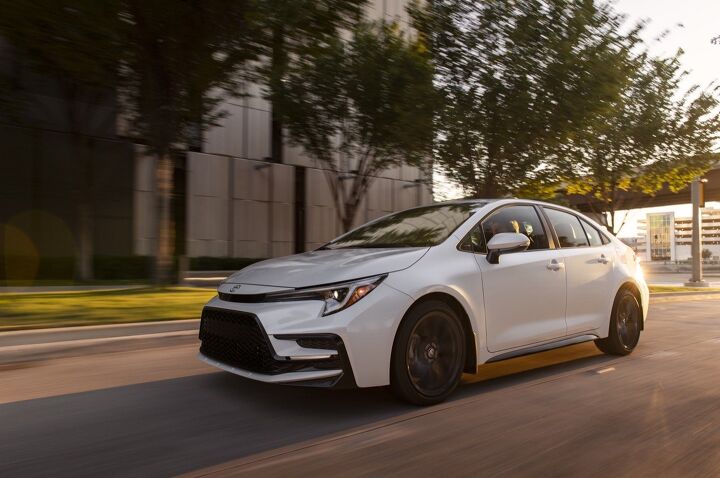New Cars Under $30,000 Are Being Killed By Tariffs

Despite early promises from former President Trump that tariffs would bring car prices down, the latest data suggests the opposite may be happening—especially if you're shopping in the sub-$30,000 market.
Key Points
- Contrary to expectations set by recent U.S. tariff policy, prices on new cars—especially sub-$30K models—are climbing due to reduced supply and heavy reliance on imports.
- With federal EV tax credits set to end after September, Cars.com warns that both new and used EV demand could drop sharply, putting pressure on automakers and pricing.
- Carmakers are adjusting their trim strategies—focusing on entry-level and premium models—to meet changing buyer needs and offset the effects of higher tariffs and cooling demand.
A new report from Cars.com shows entry-level new car inventory is lagging, and with it, the promise of affordability. The analysis indicates 92% of new vehicles priced under $30,000 are imports, leaving this budget-conscious segment especially vulnerable to tariffs.
While the overall dealer inventory of new vehicles rose 5.6% year-over-year (YoY) in the first half of 2025, the sub-$30K slice only grew by 3.9%. In this segment, just the Honda Civic and Toyota Corolla are built in the U.S., currently. Though even those models have some trim levels sourced from abroad.
Dealers responded to tariffs early by stocking up ahead of the rollout— the report suggests consumers rushed to buy before prices jumped based on the 3.9% YoY sales increase in March and April. That early activity flooded the used market with trade-ins, pushing used car inventory up and briefly driving prices dow n—until they rebounded by 1.6% in Q2.
Now that most pre-tariff stock is off lots, overall new-car prices are starting to rise. UK-built vehicles saw price hikes exceeding $10,000, while cars from the European Union climbed by an average of nearly $2,500. U.S.-built cars, in contrast, actually dropped $200 on average. Chinese, Korean, and Canadian cars also saw minor price declines.
The study also doubts the current EV boom will sustain. While inventory has grown for 28 straight months, that trend could reverse. More than half of EV buyers cited federal tax credits—$7,500 for new EVs and $4,000 for used—as a primary reason for purchase. With those incentives expiring after September, affordability will take a major hit and demand is likely to go with it.
Even as new EV demand softens, the report suggests the used EV market is bottoming out. This is particularly concerning for automakers who are betting big on electrification and need a strong resale market to support residual values—which underpin lease deals and directly impact monthly payments.
Become an AutoGuide insider. Get the latest from the automotive world first by subscribing to our newsletter here.

An experienced automotive storyteller and accomplished photographer known for engaging and insightful content. Michael also brings a wealth of technical knowledge—he was part of the Ford GT program at Multimatic, oversaw a fleet of Audi TCR race cars, ziptied Lamborghini Super Trofeo cars back together, been over the wall during the Rolex 24, and worked in the intense world of IndyCar.
More by Michael Accardi




































Comments
Join the conversation
Can you say "Smoot-Hawley Tariff 1930"? Time to dump stock in automotive brands, but maybe keep investments in parts manufacturers whose products will be needed to keep the old jalopy working.